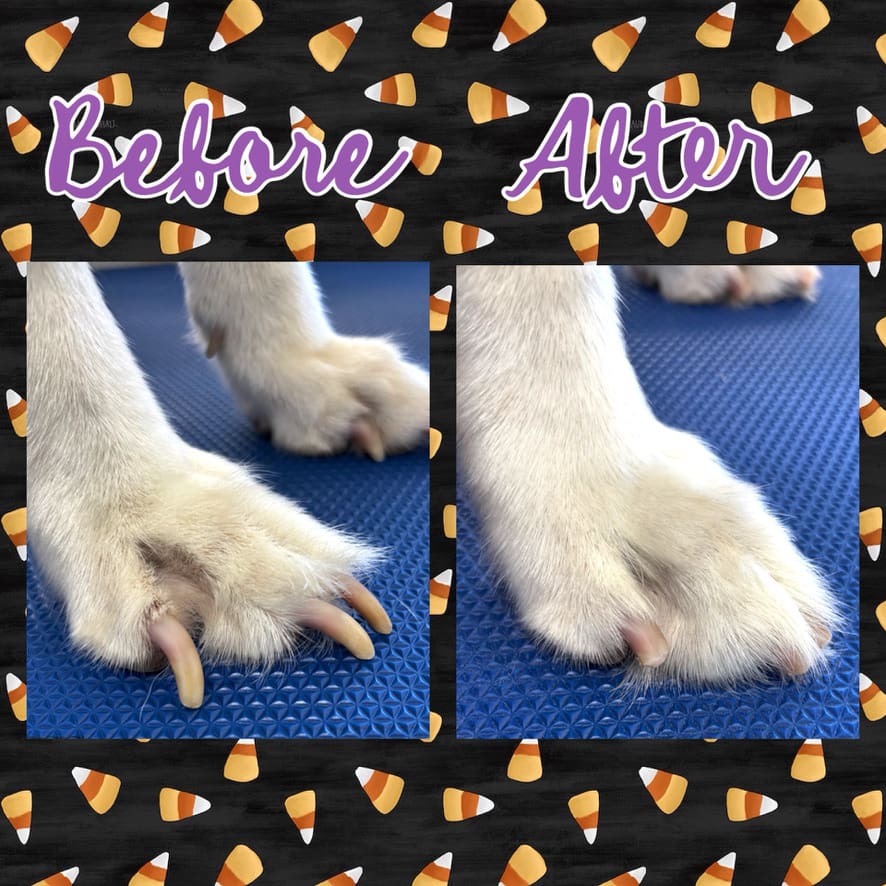Dog nail grinding is important because it provides a safer and more precise way to trim nails, minimizing the risk of cutting into the quick (the sensitive blood supply within the nail), resulting in less pain for the dog, while also creating smooth, rounded edges that are less likely to snag on surfaces or scratch people, promoting overall comfort and mobility for the pet; it’s particularly beneficial for dogs with thick or difficult-to-clip nails.
Key benefits of dog nail grinding:
- Reduced risk of injury: Grinding allows for more controlled trimming, making it less likely to accidentally cut into the quick, which can be very painful for the dog.
- Smoother nail edges: Unlike clippers that can leave sharp edges, a grinder creates a smooth, rounded finish on the nail, preventing potential scratches and snags.
- Better for sensitive dogs: The gradual process of grinding can be less frightening for dogs who are anxious about nail trims.
- Ability to trim closer to the quick: Grinding allows you to trim the nail closer to the quick without causing bleeding, which can help with managing long nails.
- Suitable for thick nails: For dogs with thick or hard nails that are difficult to clip, a grinder can be a more effective option.
Important points to consider:
- Proper technique is key: Learning how to use a nail grinder correctly is essential to avoid overheating the nail or causing discomfort to your dog.
- Consult your vet: If you are unsure about grinding your dog’s nails, consult your veterinarian for guidance on the proper technique and frequency.
- Gradual introduction: If your dog is unfamiliar with a grinder, introduce it slowly to help them become comfortable with the process.
[1] https://www.zimmvet.com/blog/nail-trimming-vs-nail-grinding/

